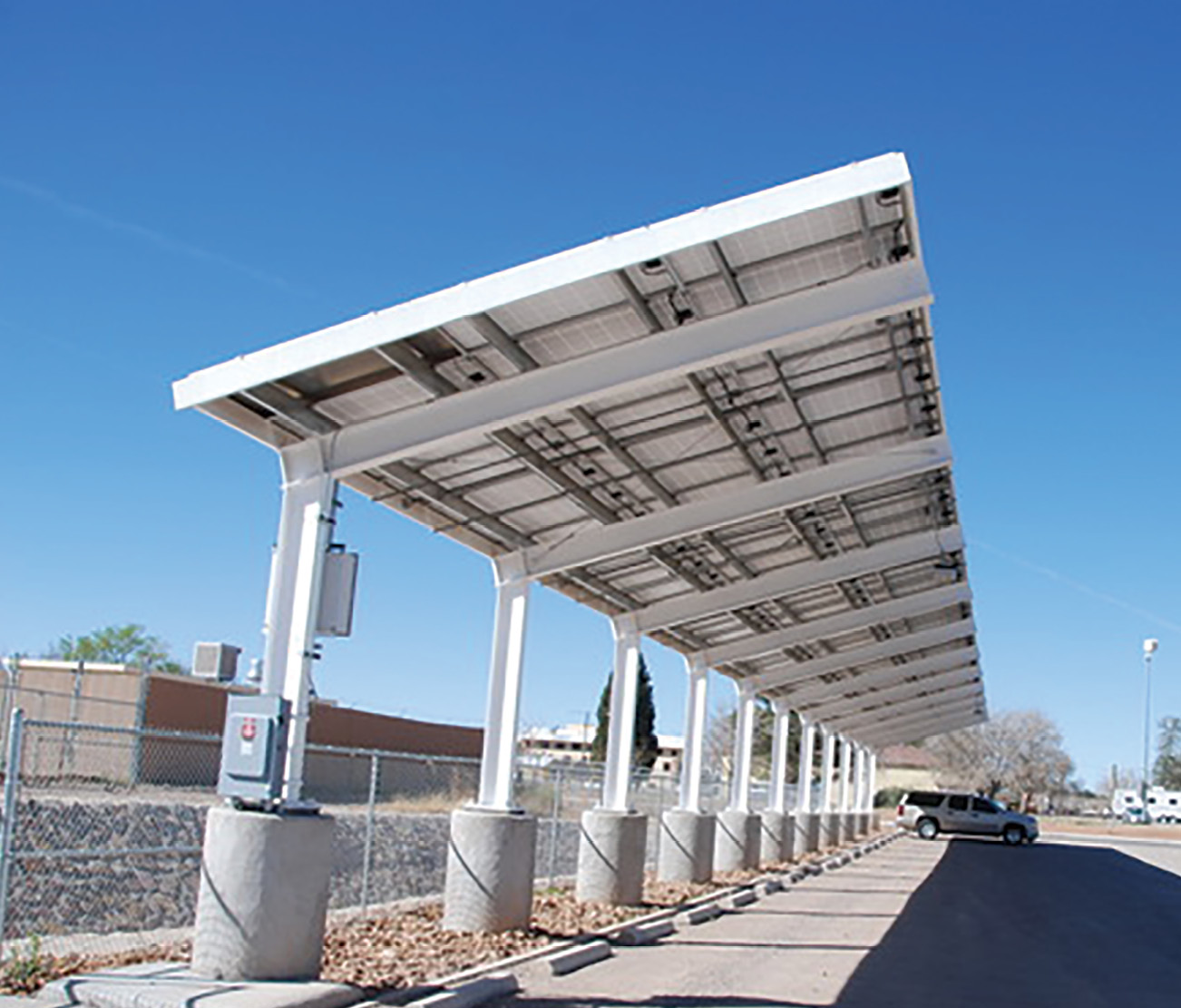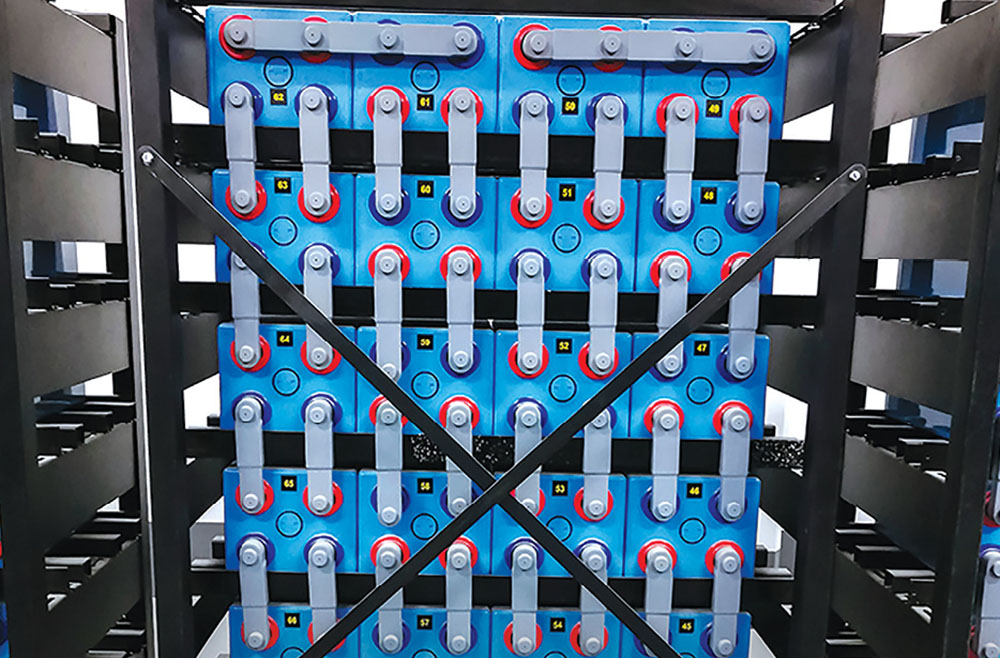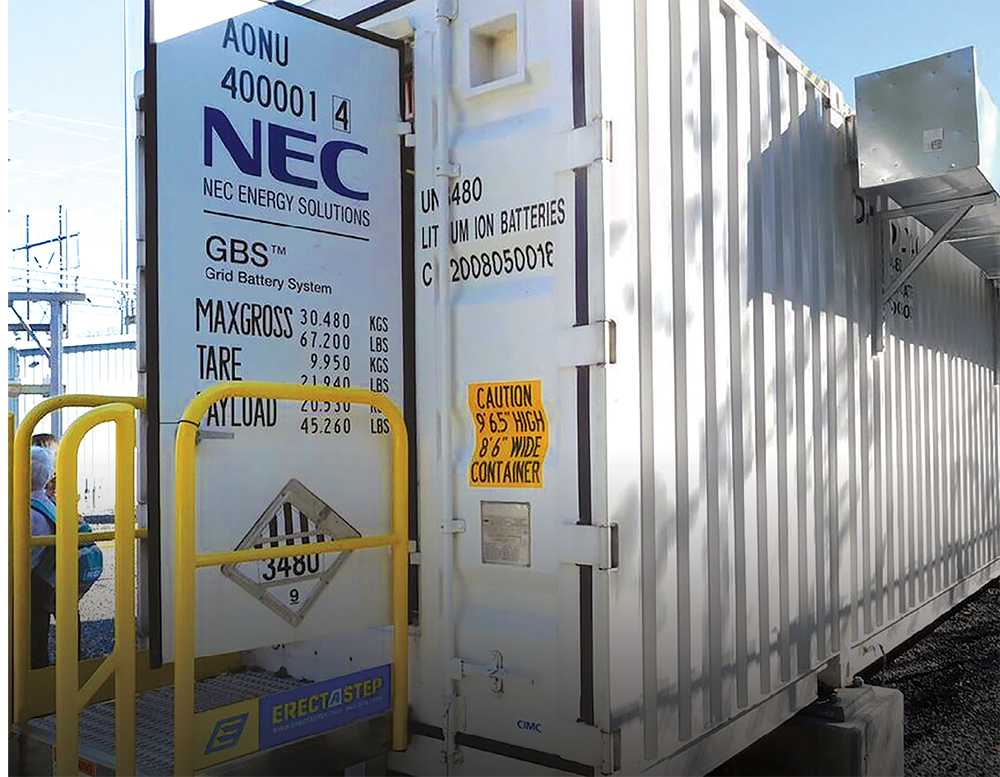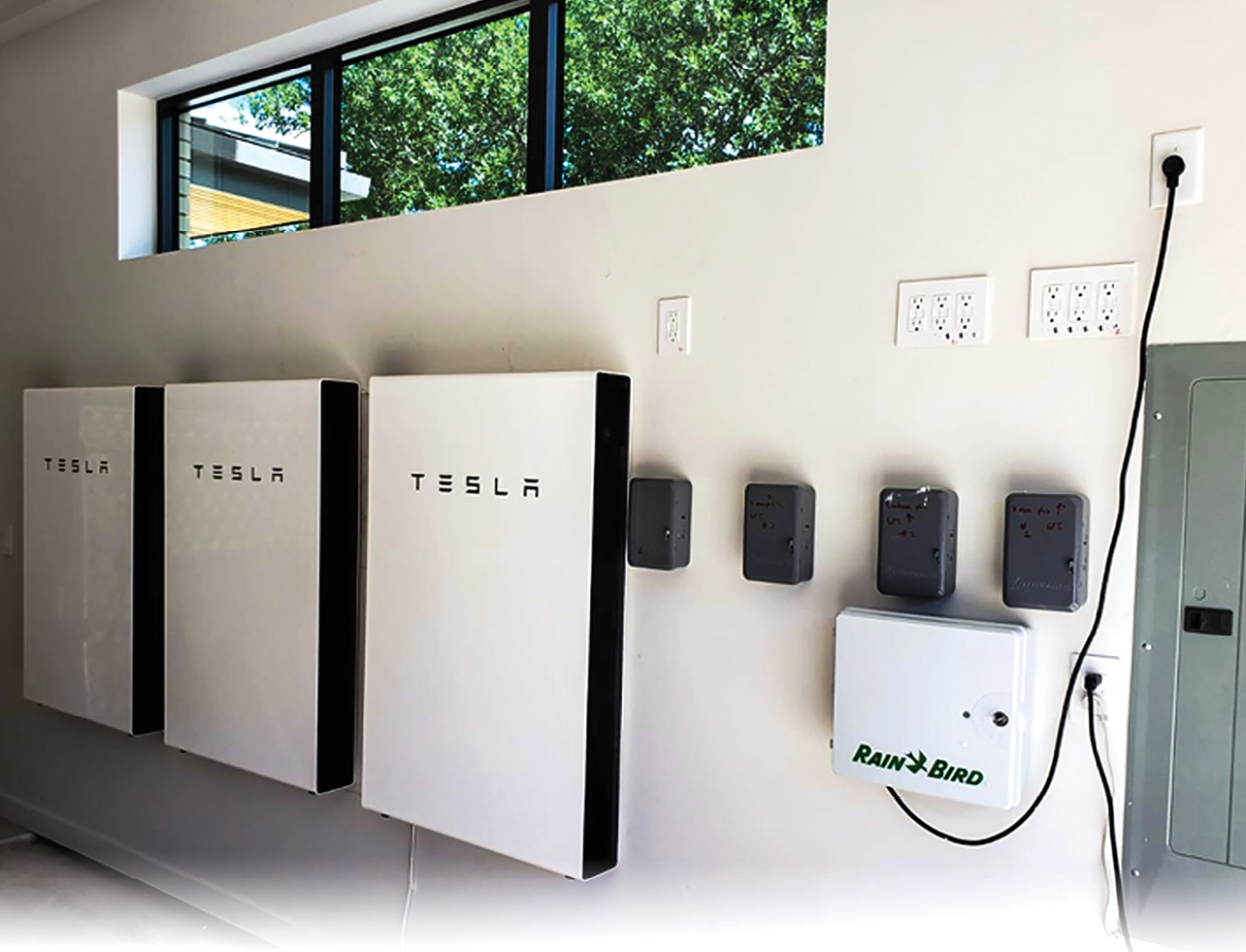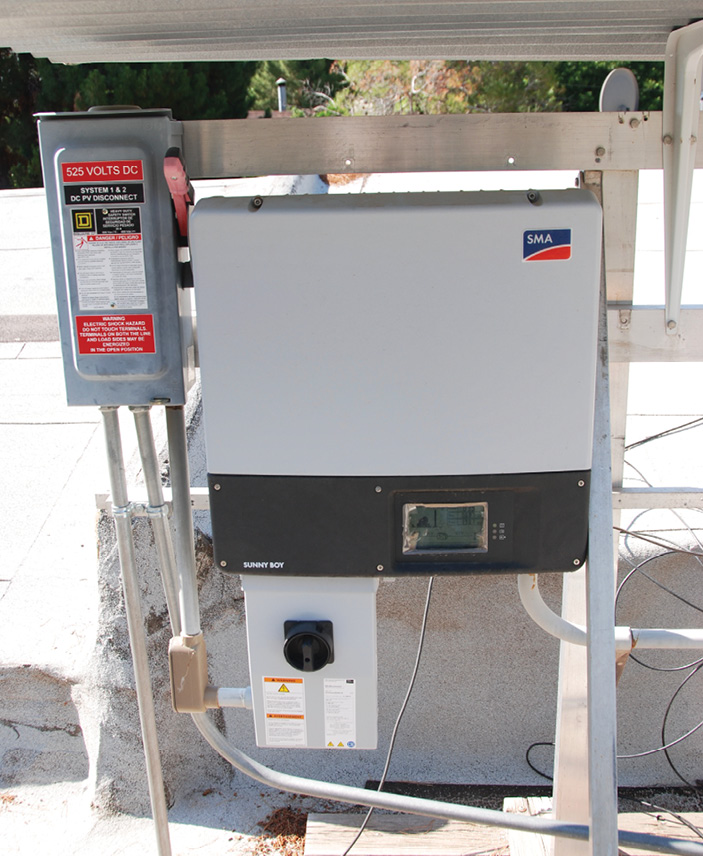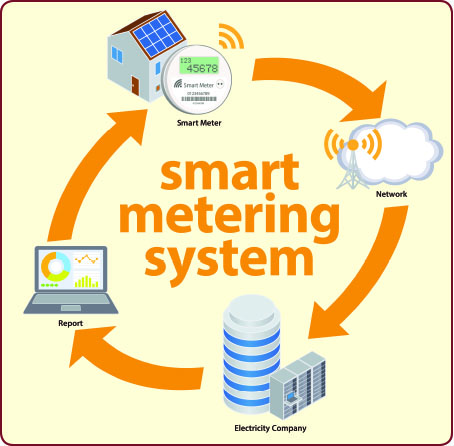Codes, standards, equipment, and the organizations certifying that equipment meets a particular standard are continually changing. The harmonization of U.S. standards with international standards—while potentially reducing costs in the international arena—may complicate the application of these standards as they are adopted.
Energy storage systems help us to realize the true benefits of renewables and advanced grid technologies. They mitigate intermittencies and unlock the potential of solar and wind power by storing clean energy as it is created, so that it can be used when it is actually needed.
Like the ever-changing sustainable energy industry, our wiring methods are also evolving. The increase in outdoor installations opens new opportunities for more innovative products to help solve today’s new challenges.
The emergence of energy storage systems (ESSs), due to production from alternative energies such as wind and solar installations, has driven the need for installation requirements within the NEC for the safe installation of these energy storage systems.
YouTube users may have recently noticed commercials on the platform promoting a career as a wind turbine technician. That point was expounded upon Tuesday by industry executives at the Wind O&M + PV Operations Conference in Dallas.
The market is shifting to newer, cleaner energy sources like wind and solar. Today, we need new systems for energy management, including energy storage.
Take this energy storage quiz based on the 2017 National Electrical Code to test your ability to find all of the regulations on energy storage.
Energy storage has been a hot topic of conversation over the past few years. We’ve heard about futuristic innovations, larger-than-life company leaders like Elon Musk putting his storage company on the map, and states vowing to become energy independent through renewable resource use.
Before we get into the details of conductors, currents, and circuit protection on the AC side of the PV system, let’s step back and try to get a bigger picture of where are some of the dangers or hazards that need to be considered.
The electrical grid as we know it hasn’t changed much in the last 100 years, but we have changed as a society and so has the technology we use.

